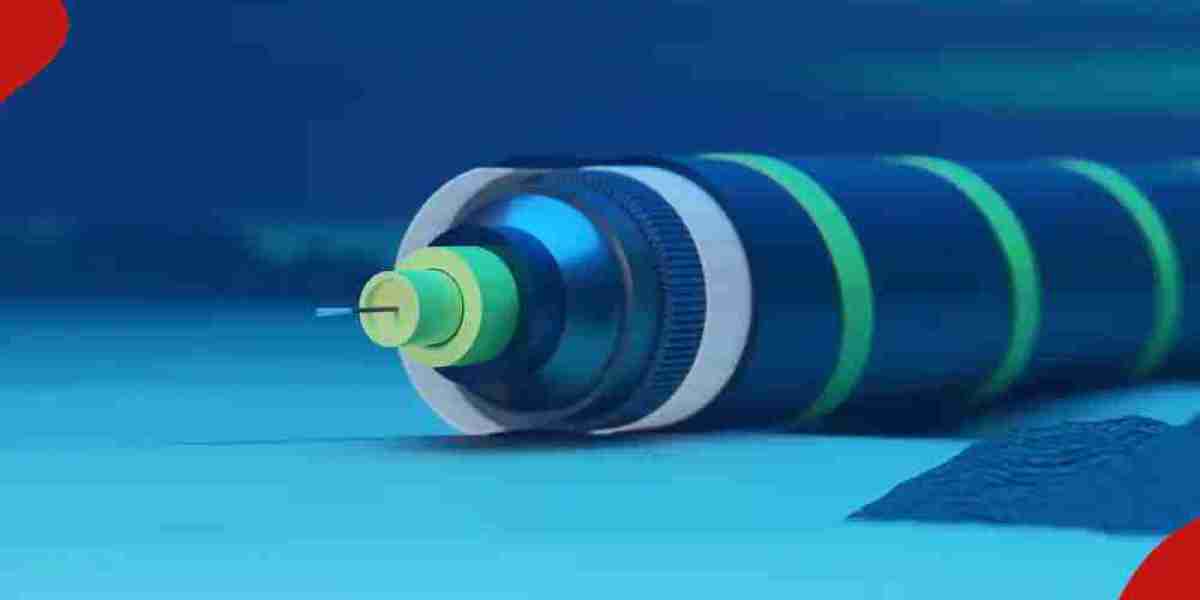Despite being safer and faster than satellites, sub-sea cables face several vulnerabilities that occasion breakages These cables transmit data at the speed of light, connecting mobile devices to oversea data centres in just a glimpse of an eye Apart from internet, sub-sea cables can also be used to transmit electricity; the first subsea cable was installed in 1850 to transmit telegraph By now, you must have heard about the deep sea fibre optic cut that has affected the larger East Africa, occasioning slow internet connectivity.
The cut, according to the communication authority (CA), happened over the weekend at Mtunzini teleport station along KwaZulu-Natal's coastline in South Africa. The affected cables are Seacom and the East Africa Submarine System (Eassy).
In this article, we will break down the science behind subsea internet cables, the technology behind them, why they matter, their global infrastructure and who owns them.
What is subsea internet cable? TUKO.co.ke reached out to a networks expert at the Ministry of ICT, who explained that subsea cables transmit at least 95% of all internet transmissions globally. This means that there is an almost 100% chance you utilised a subsea cable to read this article. The officer, who sought anonymity since he is not allowed to comment in the press, said that cables travel under the sea and terminate in special places called landing zones at the coastlines of countries.
"In Kenya, the landing site is in Mombasa. These zones host several cables from different providers. They have special equipment used to connect the sea cables to land cables. From here, telcos tap the connection; some can tap it upstream after it has been cabled underground to special machines.
Whatever we are facing is not a strange thing. The cables sometimes get cut, and the result is disconnection. The problem here is that you will find that the affected cable is being utilised by very many organisations, including telcos. So a blow to one of them is able to cripple activities on a large scale," he said. According to CA, the East Africa Marine System (TEAMS) cable was not affected by the cut and is currently being utilised. Local telcos Safaricom, Airtel and Telcom Kenya, which is among the owners of sub-sea cables, said they had initiated redundancy measures to ensure connectivity. Still, they warned it would not be optimum.
Why subsea cables and not satellite When asked why the world was still utilising sea cables during this advanced digital age, the source at the ICT ministry told TUKO.co.ke that the cable network was still the best.
He clarified that people using satellite links, like the one provided by Elon Musk's Starlink, were not affected by the cut since their connections are completed by satellites that are in space. "However, cables still stand out. They are faster since they utilise glass fibre technology to bounce signals at the speed of light. They are secure, too, since it is hard for someone to intercept a light signal under the sea. They are also not adversely affected by weather, unlike satellites," the source continued.
What causes subsea cable cuts? According to a 2023 report published by the International Cable Protection Committee Submarine Cable Protection, several factors cause cable cuts. They include: Human activities like fishing Undersea landslides Strong cyclones Animals such as sharks and other animals that bite through Corrosion from salty environment To prevent the cables from being destroyed easily, they are made of resilient material and reinforced by a layer of petroleum jelly, copper wires and other metals and tough outer plastic.
The cables, during installation, are buried inside a trench below the sea and covered by soil that was excavated during digging. This keeps sharks at bay and also prevents water vessels from crashing them on shallow sections of the sea.
By digging the cables inside the ground, they are also kept safe from anchors that are dropped inside the water from vessels and also protected from falling rocks. How are subsea cables installed? The installation of these cables is a tedious process. It involves heavy machinery to carry the cable roll, a specialised team of electricians and divers and another machine that is lowered inside the water to dig a trench and bury the cable. During repairs, a team of trained divers is used. The cut section is located and afterwards, divers venture into the deep water to fix.
This allows the divers to repair the cable in a dry environment using gloves installed on the walls of the equipment. In other instances, special ships bring out the cable from the water, and repairs are done before it is reinstalled. Who owns sub-sea internet cables? Installing and servicing subsea internet cables is a capital-intensive undertaking. Companies like AT&T (US) and Telecom (China) are currently implementing such projects, and governments also have a stake in them. In Kenya, Telkom Kenya owns stakes in some sea cables. Google, Amazon, Facebook, and Microsoft are also involved in such projects.
Around Africa, we have the cable called 2Africa, which also terminates in Mombasa. The 45000km cable is jointly owned by Bayobab, China Mobile, Meta, Orange, Saudi Telecom, Telecom Egypt, Vodafone and WIOCC, according to information from the Submarine cable data map. The East African Marine System (TEAMS) is 5,054 km long and is owned by Etisalat UAE, TEAMS Ltd. It has landing points in Mombasa and Fujaira, UAE.
Eastern Africa Submarine System (EASSY) is 10,500km and is owned by BT, Bayobab, Bharti Airtel, Botswana Fibre Networks, Comores Telecom, Djibouti Telecom, Etisalat UAE, Liquid Intelligent Technologies, Mauritius Telecom, Orange, Saudi Telecom, Sudatel, Tanzania Telecommunication Corporation, Telkom Kenya, Telkom South Africa, Telma (Telecom Malagasy), Vodacom DRC, WIOCC, Zambia Telecom Africa-1 is 10,000km and also lands in Mombasa. It is owned by Etisalat UAE, G42, Mobily, Omantel, Pakistan Telecommunications Company Ltd., TeleYemen and Telecom Egypt. SEACOM/Tata TGN-Eurasia is 15,000km and is owned by SEACOM, Tata Communications. SEACOM owns the entire East African portion of the system and two fibre pairs between Egypt and India.
Other sea cables across the globe include: 5 Villages 6 Islands Africa Coast to Europe (ACE) South Atlantic Cable System (SACS) Asia-America Gateway (AAG) Cable System There are over 500 cables connecting the world.


